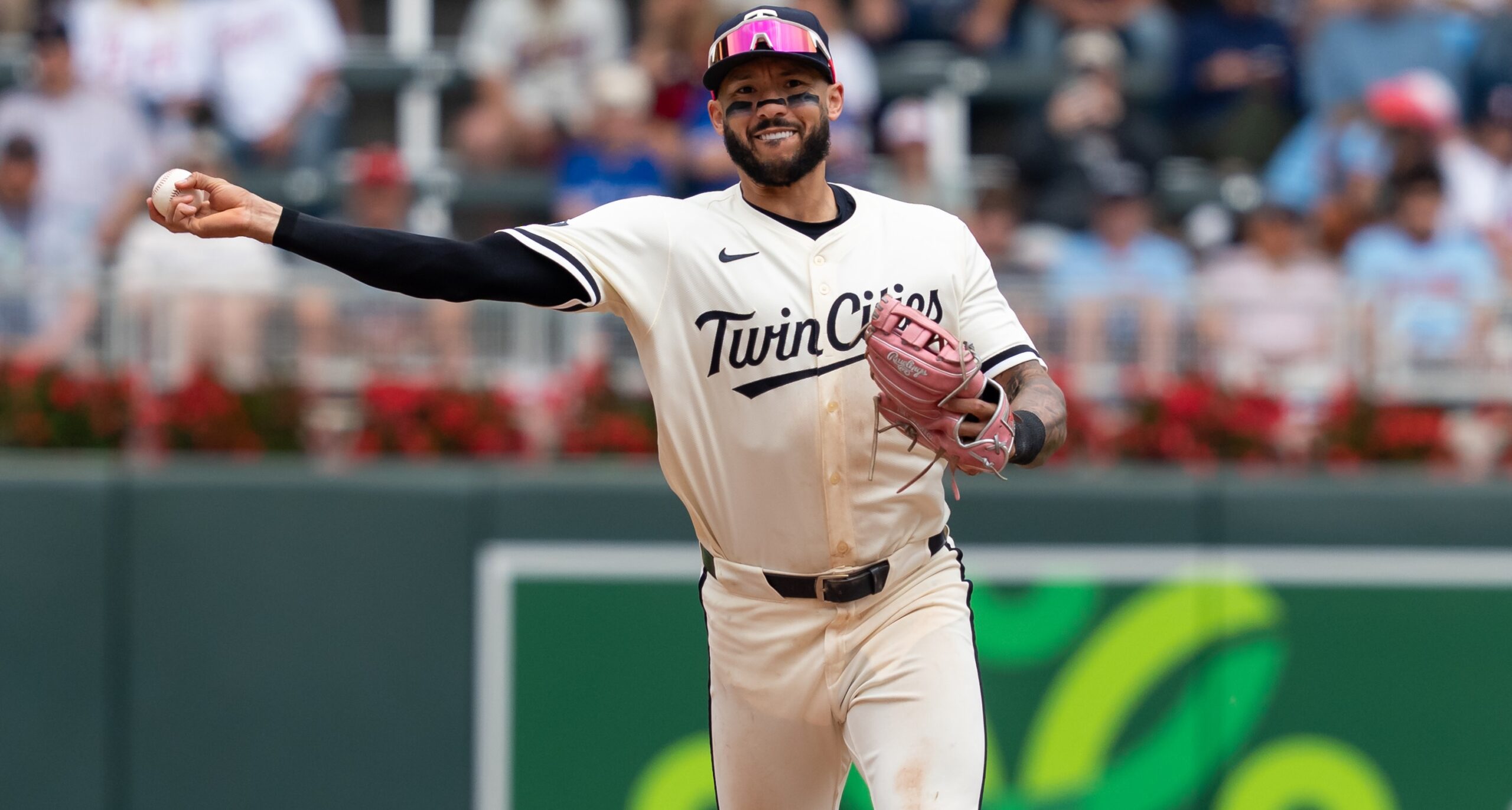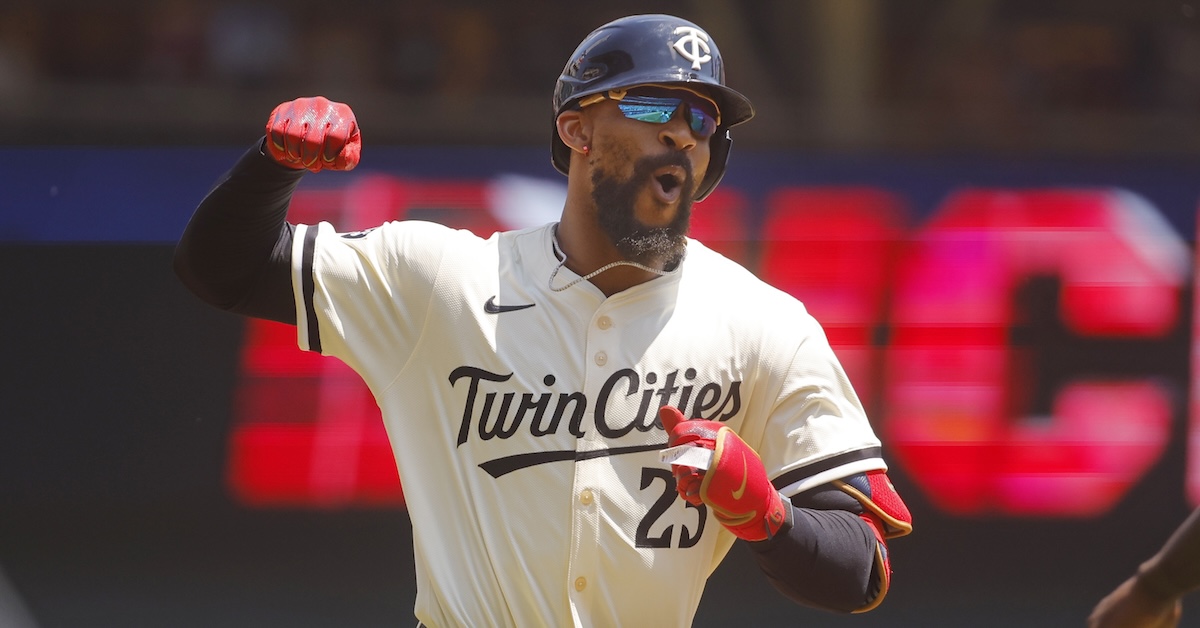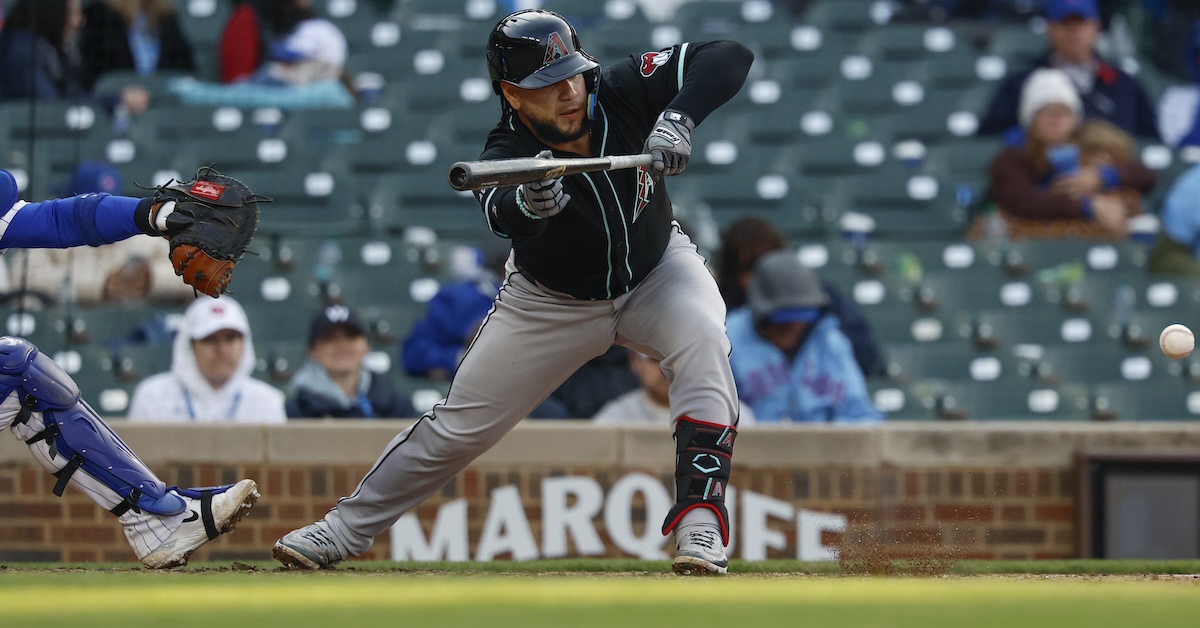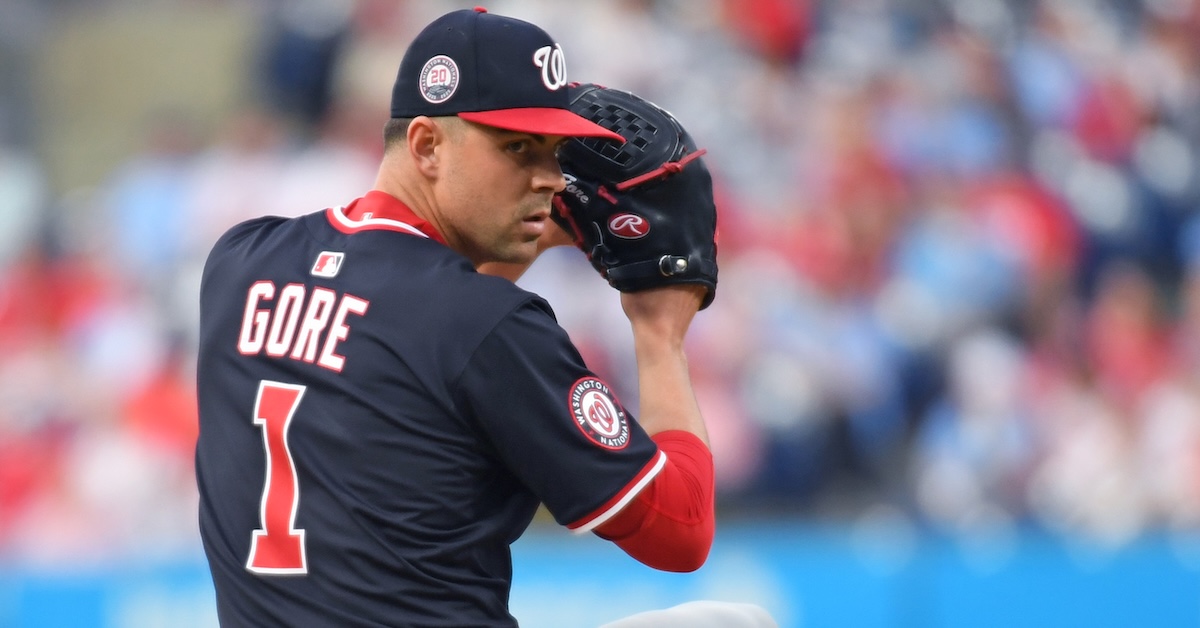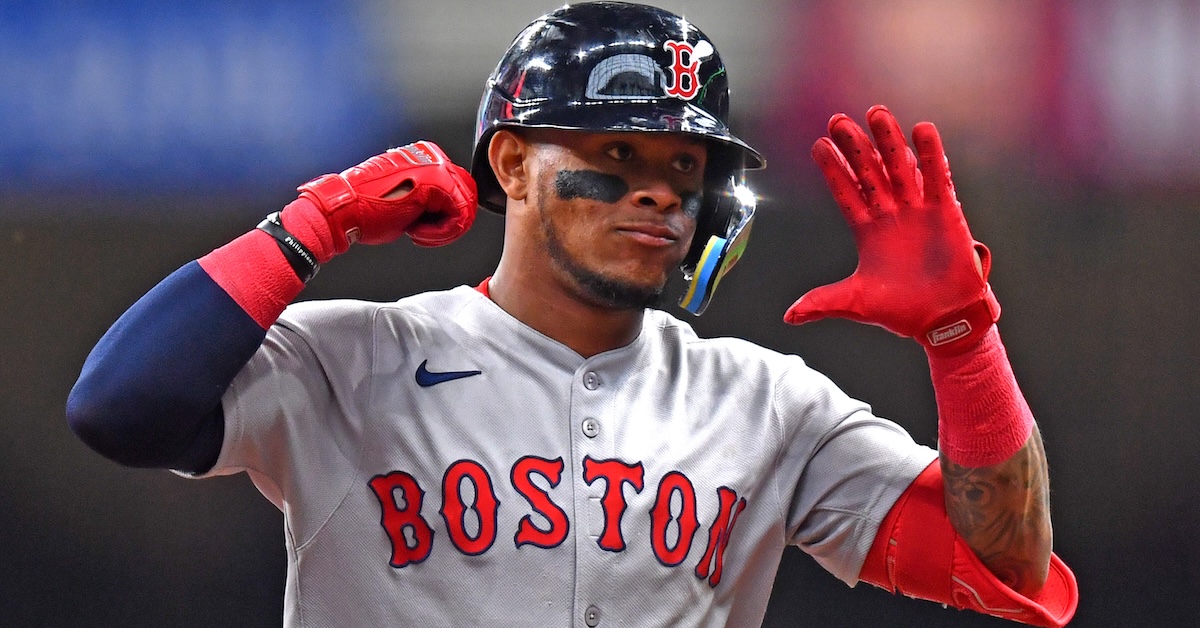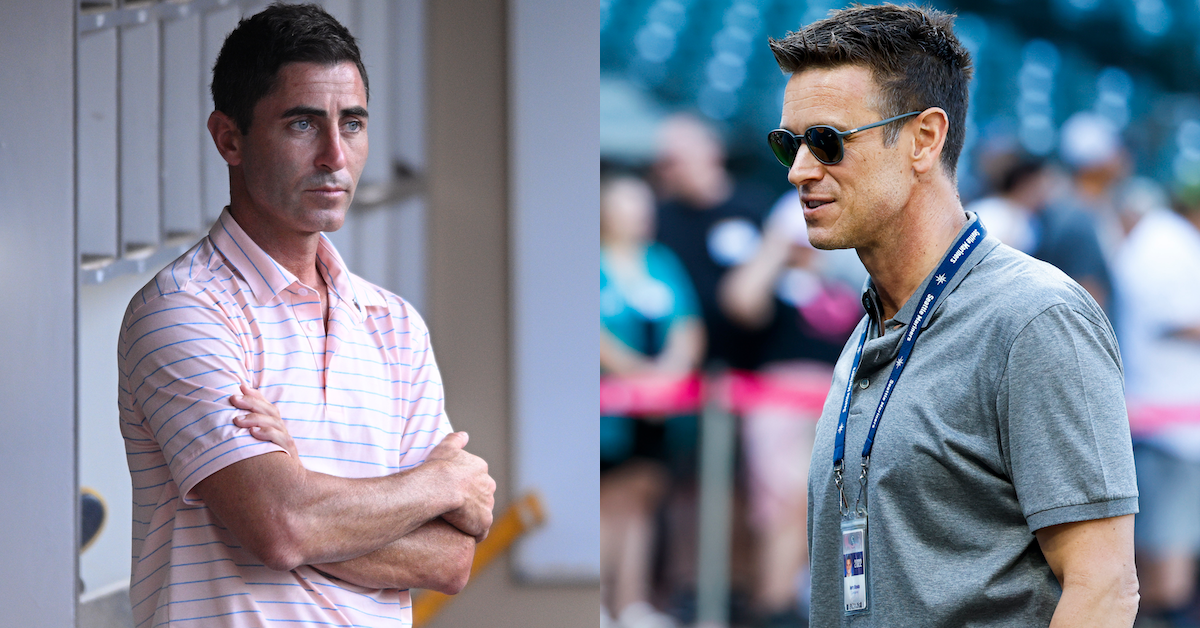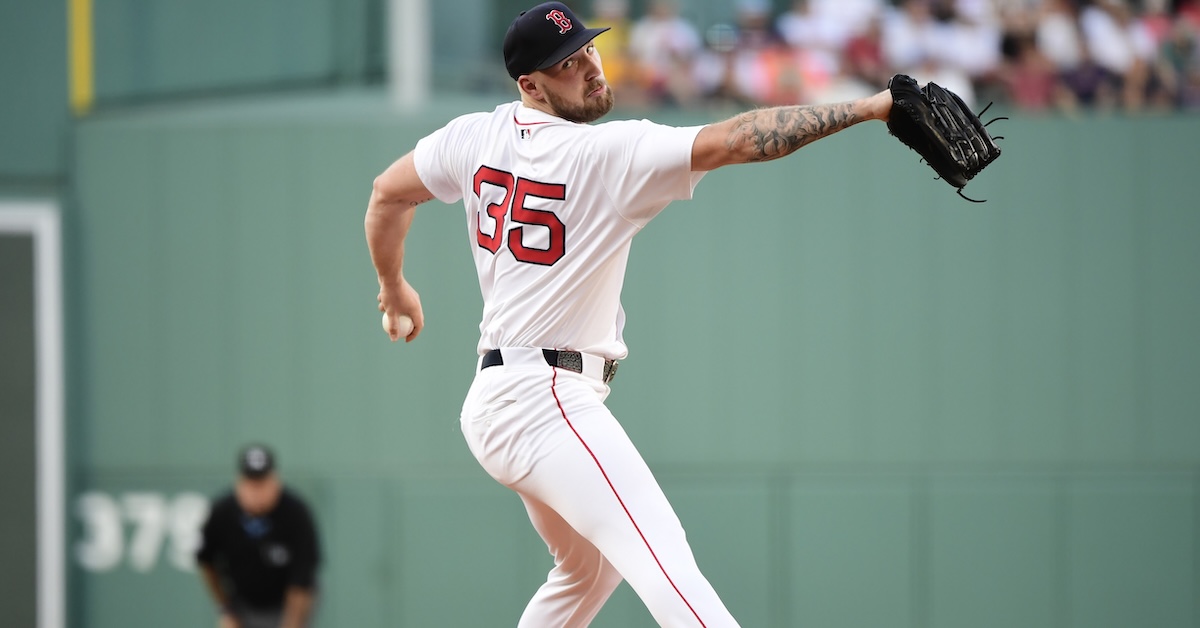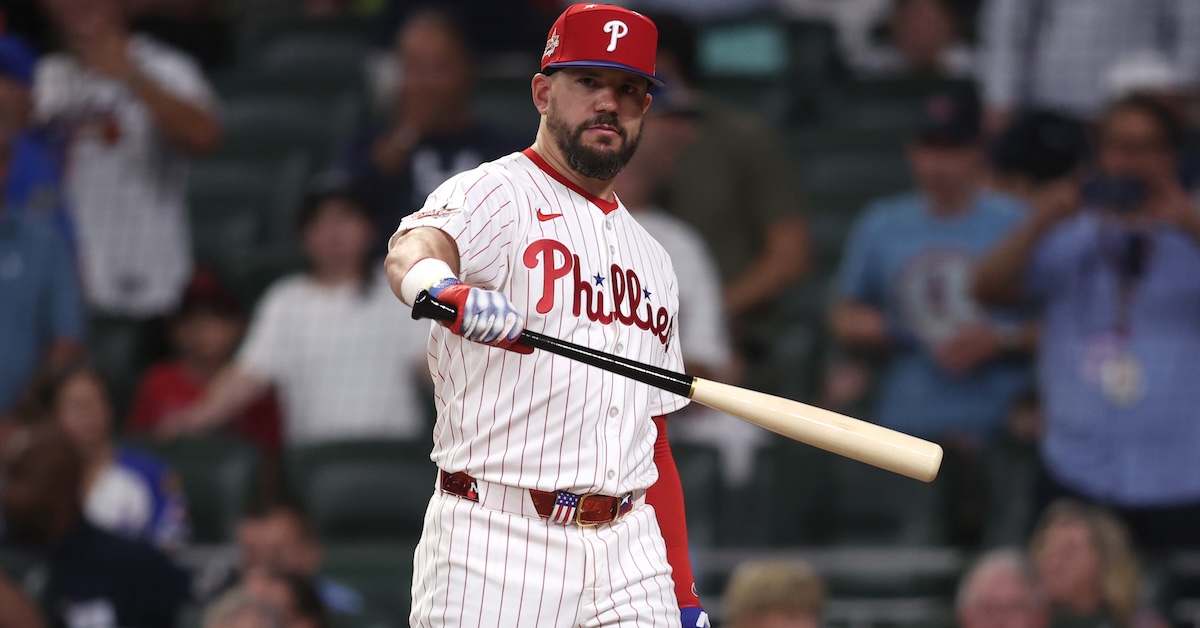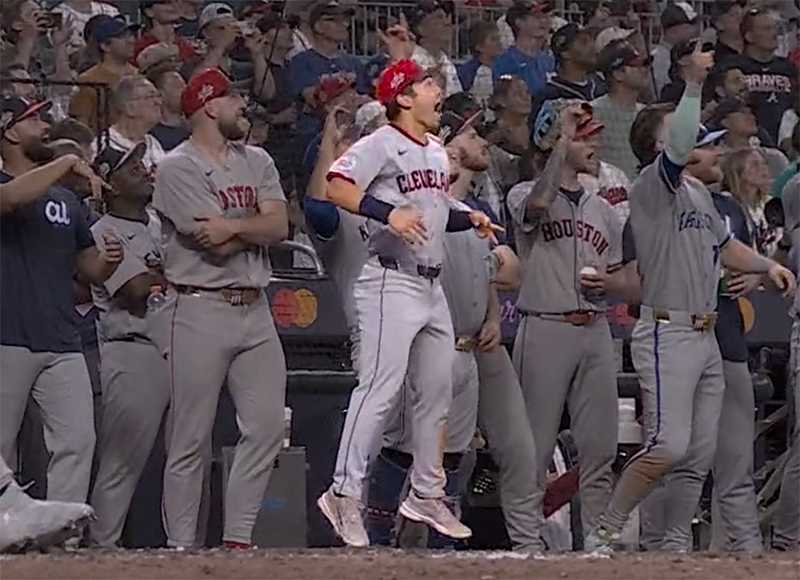At Long Last, the David Robertson Sweepstakes Has a Winner
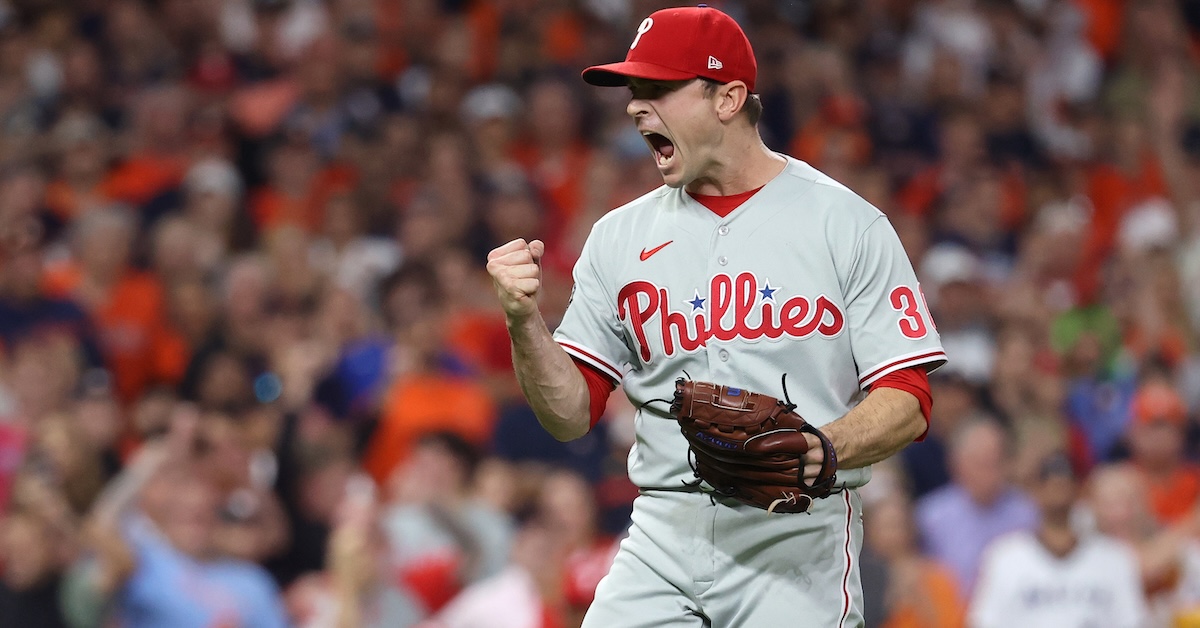
We’ve finally done it, friends. Everybody take a bow. It took until July 20, but we’ve finally found a home for the last holdout on Ben Clemens’ 2025 edition of the Top 50 Free Agents. On Sunday, the Phillies took their shot on lucky no. 46, agreeing to sign veteran reliever David Robertson to a $16 million contract. Prorated for the late start date, the contract will actually pay the right-hander somewhere around $6 million. Ken Rosenthal of The Athletic broke the news, while MLB.com’s Mark Feinsand reported the contract details. According to Matt Gelb, also of The Athletic, Robertson will need a ramp-up period, which means he’ll need to agree to an assignment in the minors.
So why the hell did this take so long? Here’s my best answer: Uhh… ageism?
Let’s start with Robertson’s blurb from the top 50, which I don’t feel bad about plagiarizing here because I wrote it:
Over the past three seasons, Robertson has a 2.82 ERA and a 3.24 FIP. Over 188 appearances and 201 innings, he’s accrued 3.8 WAR, 12th most among all relievers. As he enters his age-40 season, Robertson is coming off his best FIP since 2017. His cutter averaged 93.3 mph in both 2023 and 2024, the fastest it’s been since Obama’s first term. According to Statcast’s run values, that cutter was worth 19 runs this season, making it the sixth-most valuable pitch in all of baseball. Knowing what it knows about aging curves and the volatility of relief arms, ZiPS projects Robertson for 0.5 WAR, but we humans should at the very least be open to the possibility that he’ll live forever. Until we see him fall apart with our own eyes, there’s no reason in particular to believe that he won’t just keep serving as an effective bullpen arm until sometime in the middle of the next decade. Robertson’s fourth straight one-year contract with a playoff hopeful would do quite nicely.
